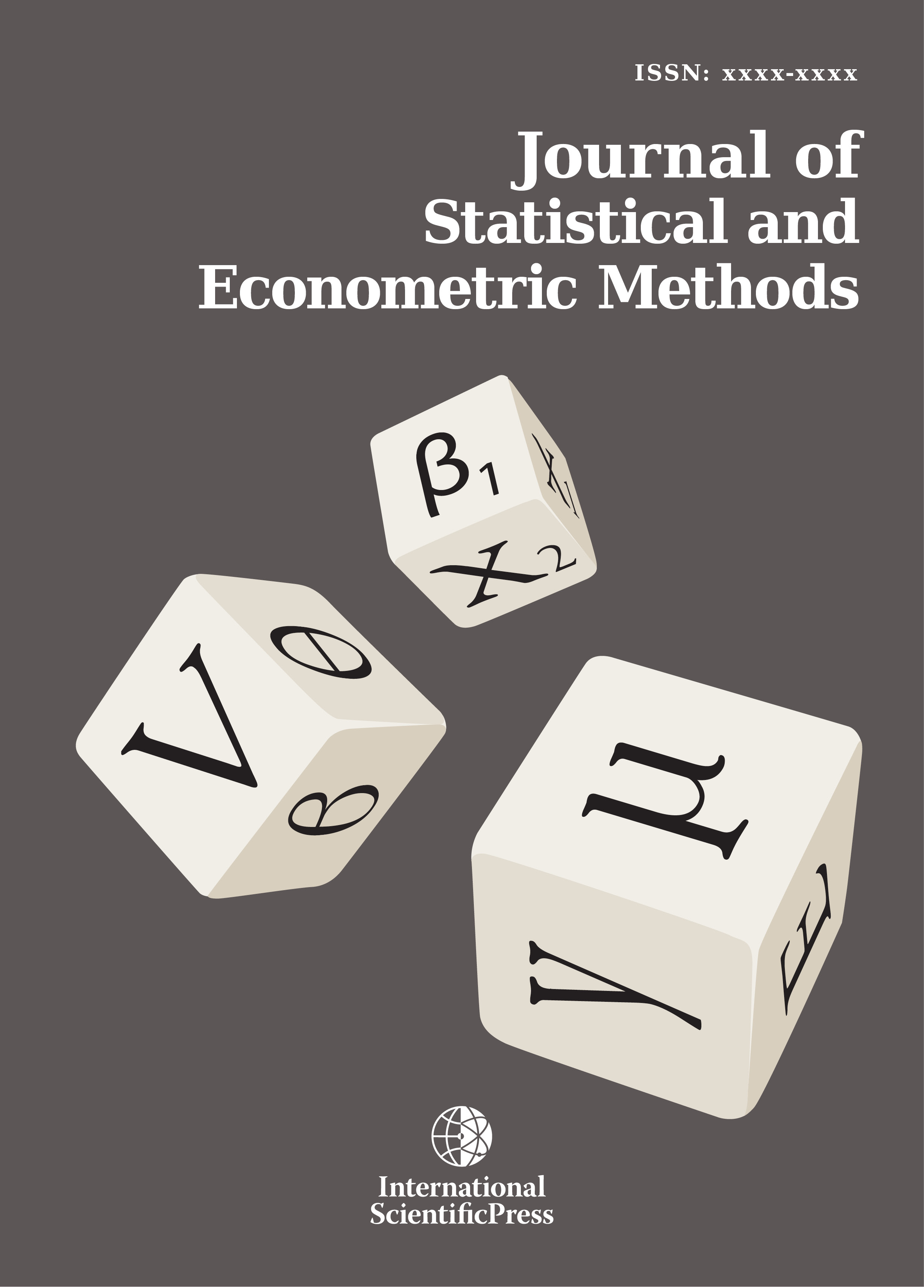Journal of Statistical and Econometric Methods
Using Halton Sequences in Random Parameters Logit Models
-
 [ Download ]
[ Download ]
- Times downloaded: 11788
Abstract
Quasi-random numbers that are evenly spread over the integration domain have become used as alternatives to pseudo-random numbers in maximum simulated likelihood problems to reduce computational time. In this paper, we carry out Monte Carlo experiments to explore the properties of quasi-random numbers, which are generated by the Halton sequence, in estimating the random parameters logit model. We vary the number of Halton draws, the sample size and the number of random coefficients. We show that increases in the number of Halton draws influence the efficiency of the random parameters logit model estimators only slightly. The maximum simulated likelihood estimator is consistent. We find that it is not necessary to increase the number of Halton draws when the sample size increases for this result to be evident.
